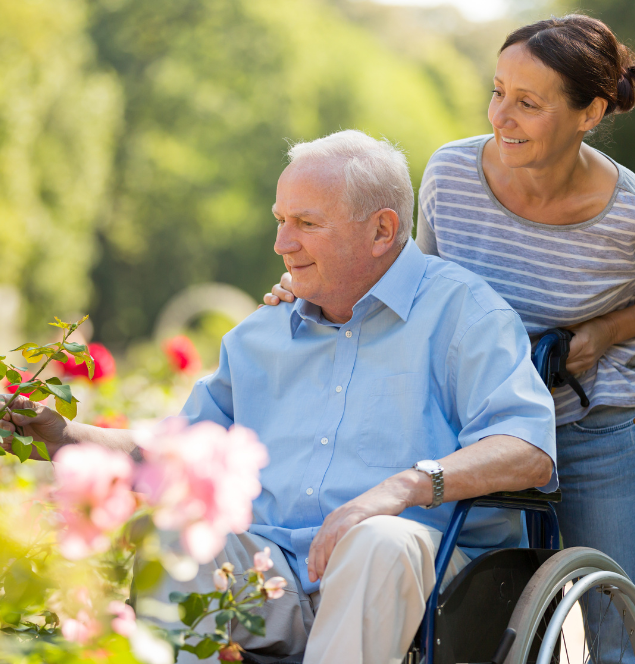Q1: Why is there a significant shift towards home-based recovery in recent healthcare practices?
ANSWER:
The move towards home-based recovery is largely due to economic pressures and strategic measures to enhance healthcare efficiency. As hospital stays have decreased by about 10% over the past decade, this shift facilitates early discharges, which the American Hospital Association notes as a strategy to cut down on costly hospital readmission rates. These changes are part of broader efforts to manage healthcare costs effectively while maintaining patient care standards.
Q2: What responsibilities do families now have with the increasing trend of home-based recovery?
ANSWER:
With more patients managing recovery at home, families face the challenge of handling complex healthcare needs outside a hospital setting. This includes administering medications, managing wound care, monitoring vital signs, and more. The responsibility previously handled by medical professionals in hospitals now falls on family members, who must ensure that care continues effectively in a home environment.
Q3: How does SilverSavvy support families in managing home care effectively?
ANSWER
SilverSavvy uniquely supports families in managing home care by offering personalized advice on care strategies, expert assistance in selecting qualified providers, and ongoing educational resources. Our holistic approach ensures both physical and emotional well-being, making home healthcare more manageable and rewarding for families and loved ones.
Q4: Can you list the essential supplies needed for effective caregiving at home?
ANSWER:
Absolutely. Effective home caregiving requires:
- Medical Supplies: This includes wound care materials, incontinence products, and first aid kits crucial for daily medical tasks.
- Mobility Aids: Depending on the mobility needs, items like walkers, wheelchairs, and canes are essential.
- Daily Living Aids: These are tools designed to facilitate daily activities and include specially designed utensils for easier eating, shower chairs for safer bathing, and button hooks for easier dressing.
Q5: What mental preparations are essential for long-term caregiving?
ANSWER:
Caregiving is a sustained effort that requires mental preparation:
- Prepare for the Long Haul: Understand that caregiving is a continuous commitment and set achievable goals.
- Maintain Emotional Stability: Utilize stress management techniques such as yoga, a network of friends, talking about daily stressors, exercise, deep breathing or engaging in a hobby to help maintain a calm home environment.
- Plan for Disruptions: Develop strategies to handle unexpected events smoothly, ensuring caregiving remains consistent even when faced with challenges.
Q6: How should one set up a safe and supportive home care environment?
ANSWER:
Creating a safe home care environment involves several steps:
- Home Safety Audit: Check the home for potential safety risks, ensure pathways are clear and well-lit, and install safety devices like smoke detectors and grab bars.
- Central Care Area Setup: Organize a specific area in the home equipped with necessary medical devices and amenities that combine functionality with comfort.
- Install Safety Equipment: This includes placing grab bars, non-slip mats, and bed rails around the home to prevent accidents and ensure safety.
Q7: What common caregiving pitfalls should be avoided?
ANSWER:
Caregivers should be wary of:
- Communication Gaps: Establish consistent and clear communication channels with medical professionals and home care agencies to ensure all caregivers and family members are updated about care routines and any changes to care plan.
- Neglecting Legal and Financial Planning: Early on, set up necessary directives and review insurance coverage to prepare for potential legal and financial needs.
- Ignoring Signs of Burnout: Be vigilant about the signs of family and caregiver burnout and take proactive steps such as scheduling regular breaks and delegating responsibilities.
Q8: What specific products do you recommend for aiding recovery at home?
ANSWER:
For a smooth and safe recovery at home, consider the following:
- Adjustable Bed and Gel Mattress: Facilitates comfortable positioning, prevents bedsores and provides safe access for caregivers.
- Bedside Commode and Shower Chair: Provides convenience and safety for mobility-restricted patients.
- Overbed Table and Medication Organizer: Helps patients eat and manage medications without leaving bed.
- Basic Wound Care Kit and Disposable Gloves: Essential for infection control and wound management.
- Simple Monitoring Tools: Like thermometers and blood pressure cuffs for keeping track of health status.
Q9: How can someone further engage with SilverSavvy for personalized home care support?
ANSWER:
For personalized guidance and more detailed support in setting up home care, consider scheduling a free consultation with a SilverSavvy specialist. You can also subscribe to our blog at: www.silversavvy.com for continuous updates and tips on effective home caregiving.
Warmly,
Your SilverSavvy Team

